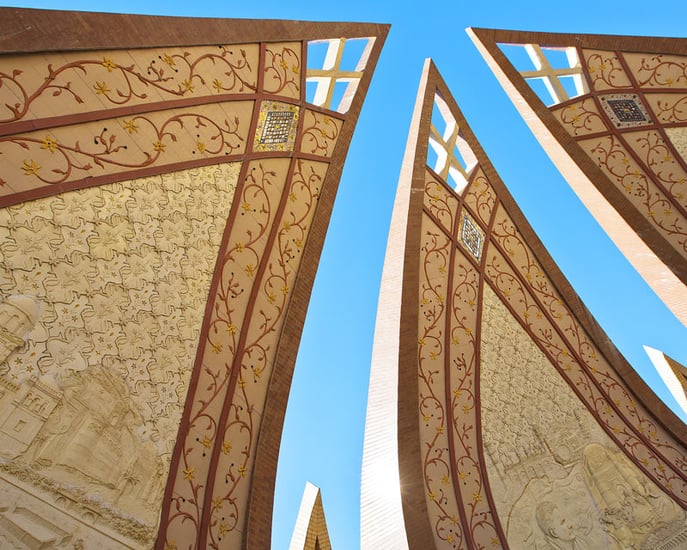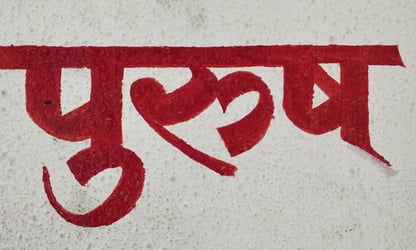Urdu translation is an important field in India and Pakistan, where Urdu is spoken by tens of millions of people. A Hindustani language, Urdu can also be lumped into the Hindi-Urdu category. Modern Urdu and Modern Standard Hindi are mutually intelligible languages and, according to many scholars (some controversy here), are merely different standardized versions of Hindustani.
It’s important to know a little bit about the relationship between Urdu and Hindi if you’re looking into possible translations. These two “sister” tongues are the lingua franca for large swaths of South Asia. This makes Urdu translation in India and Pakistan a vital link for people who might speak different native languages, but nonetheless communicate across linguistic and cultural divides through Urdu (or Hindi).
In fact, Hindi-Urdu is generally considered to rank fourth among the most widespread languages on Earth. Mandarin Chinese, Spanish, and English occupy the top three spots. Generally speaking, people tend to place Muslims in the region under the Urdu umbrella, while people with Hindu backgrounds are usually associated with Hindi. As far as Urdu translation is concerned — and how it differs from Hindi — there are a few key points to keep in mind.
While grammatically speaking they’re extremely similar, they do differ in script and vocabulary. Urdu makes use of an altered Persian script, and has incorporated many non-Hindustani words from Arabic and Persian. Hindi, written in the Devanagari script, has traveled along a different path, developing a unique lexicon to some extent. For this reason, if you need something translated to or from Urdu, it’s best to stick with a translator who specializes in Urdu in order to guarantee that you’ll end up with the best translation possible.






